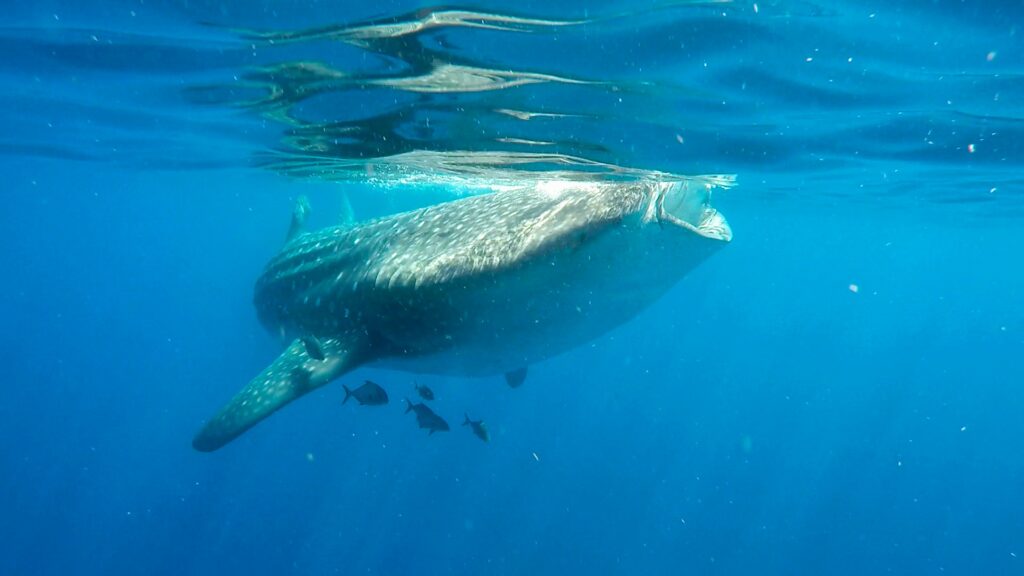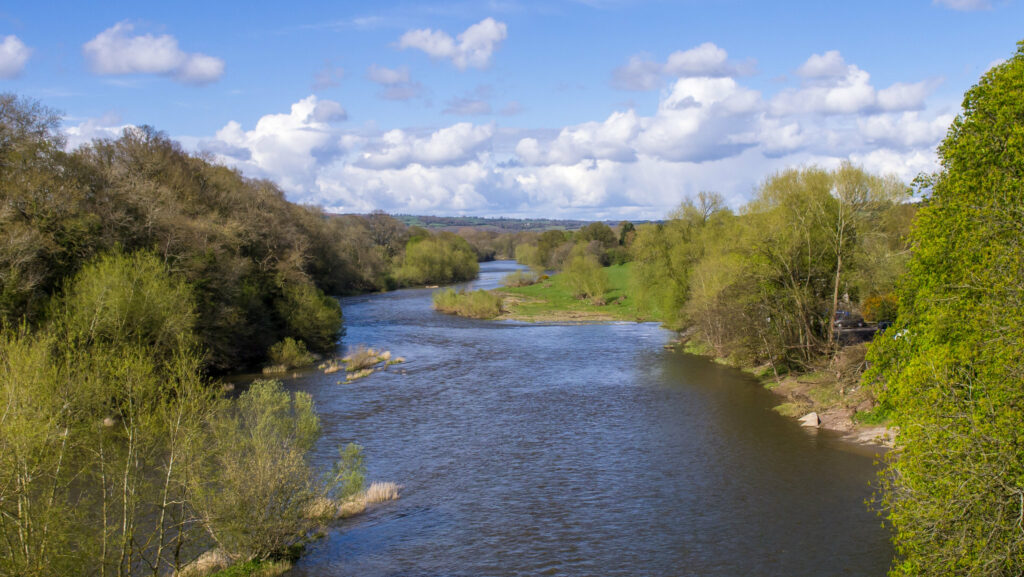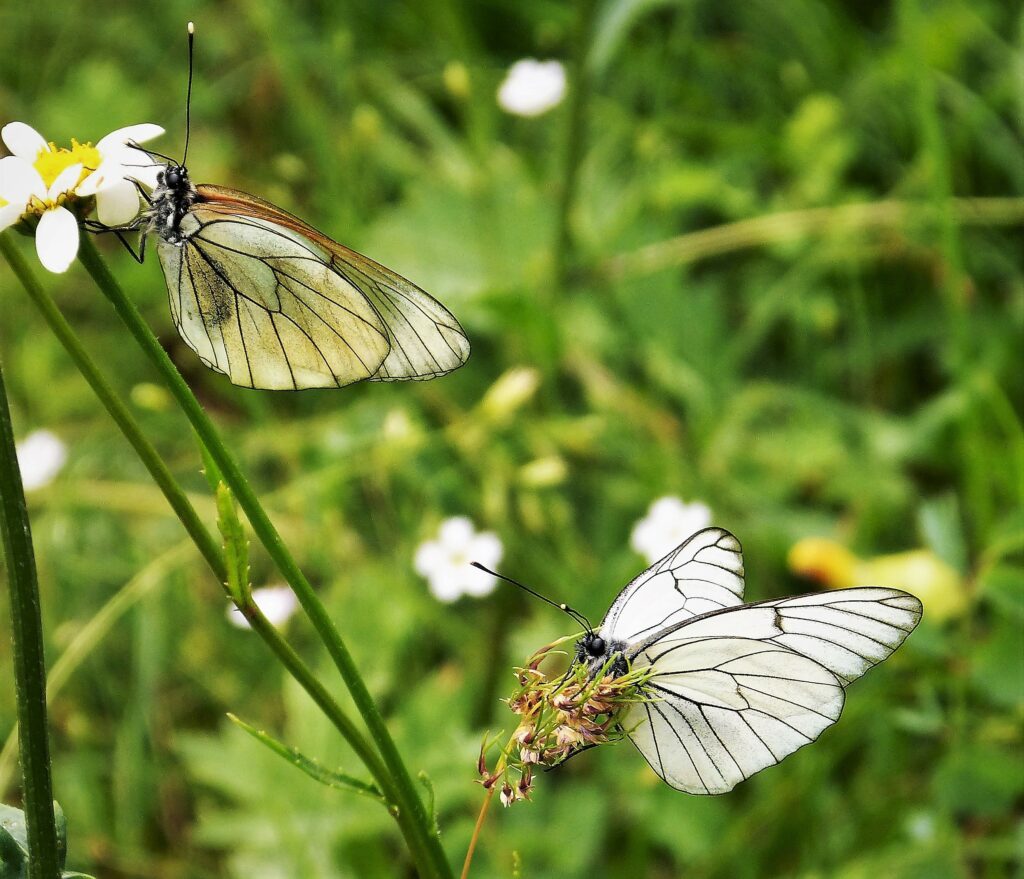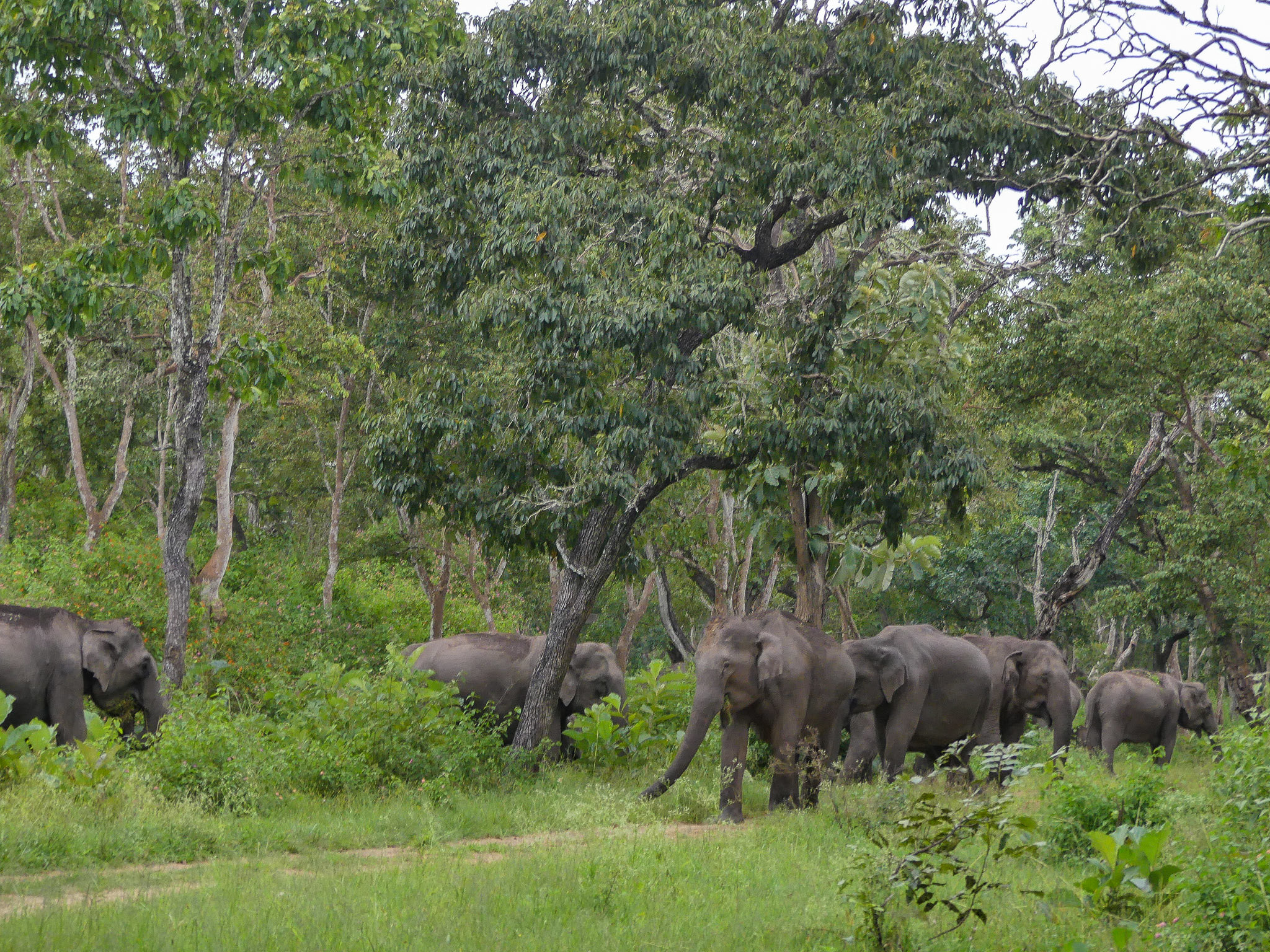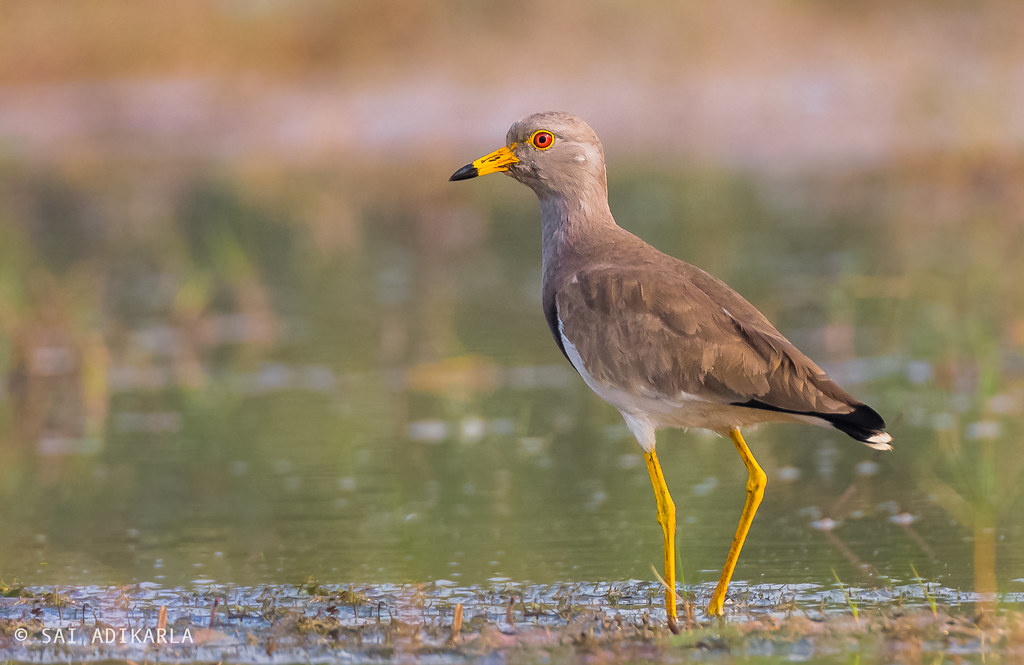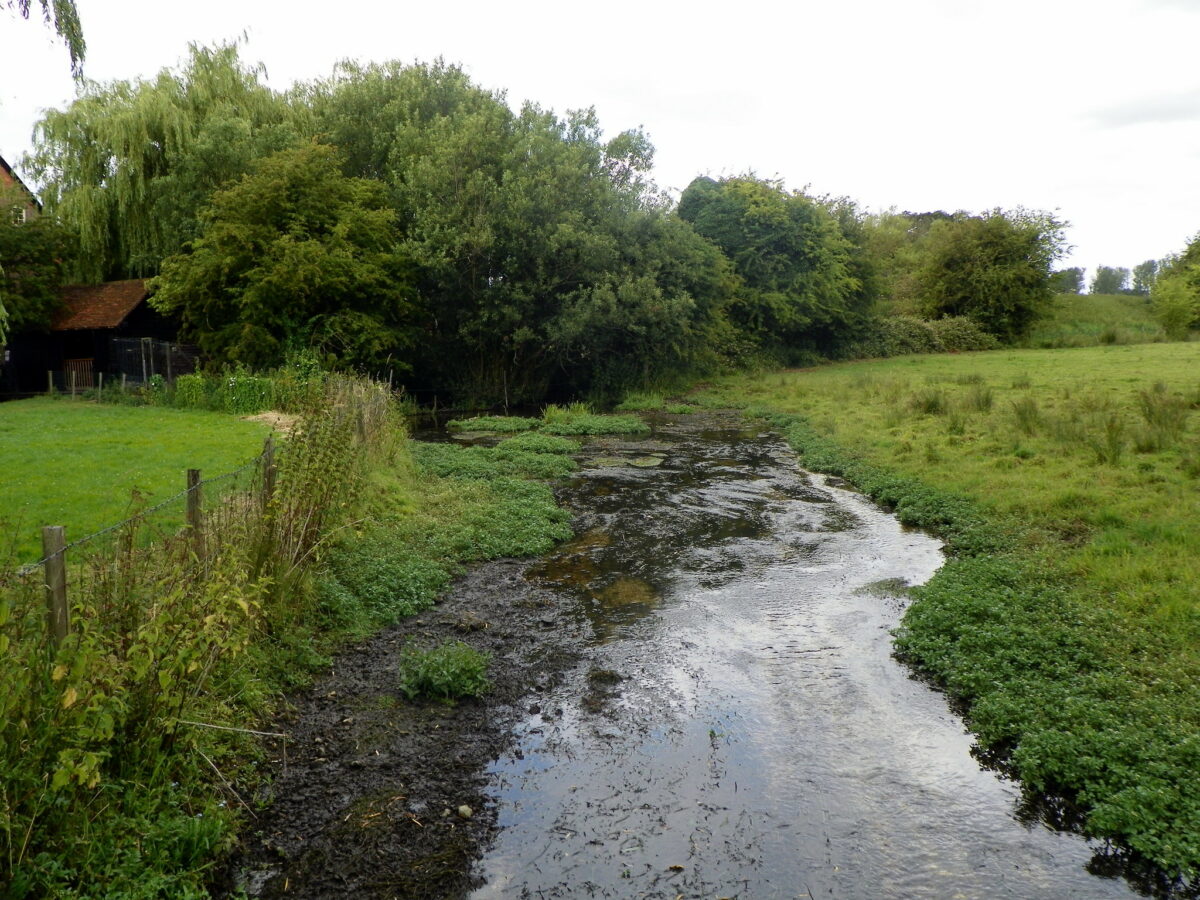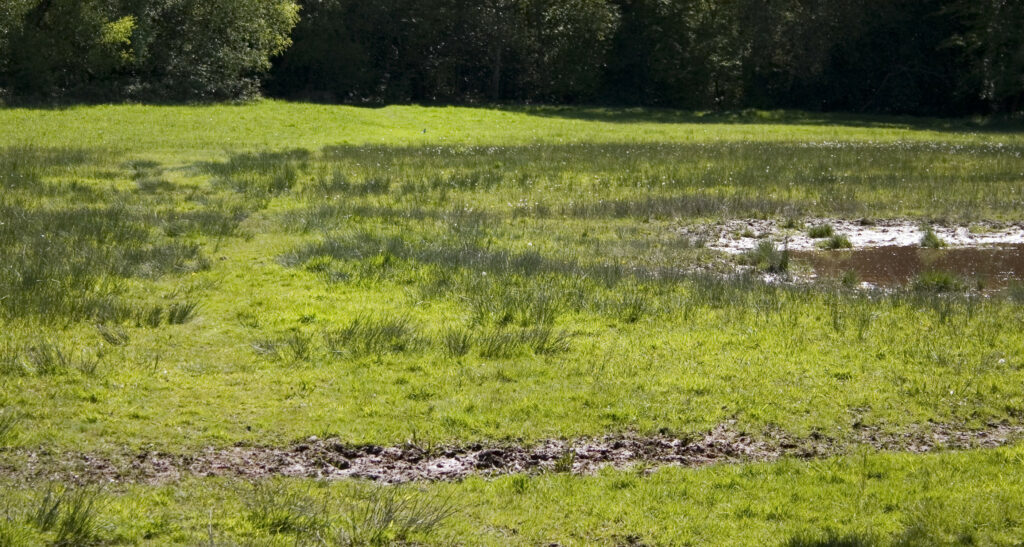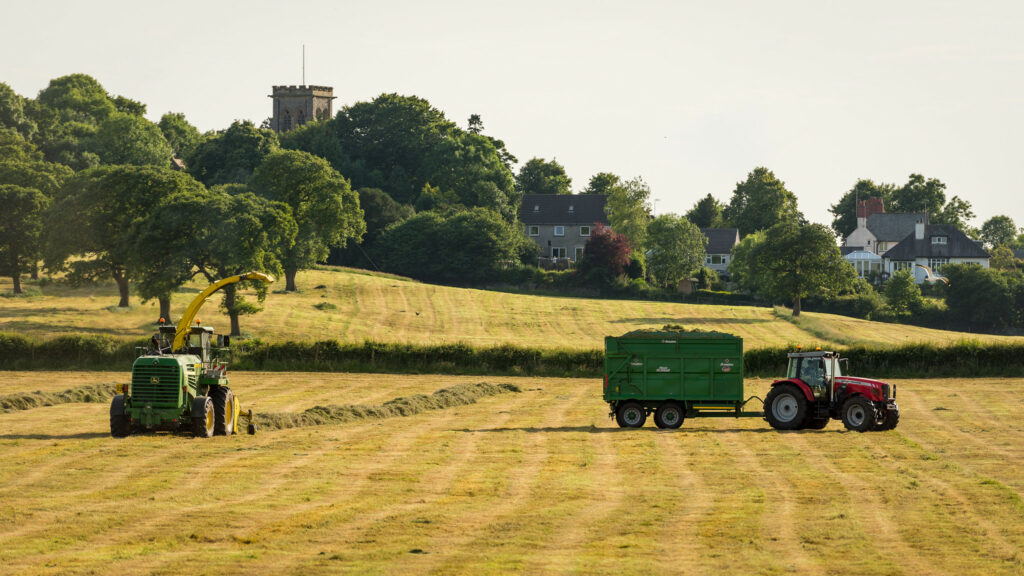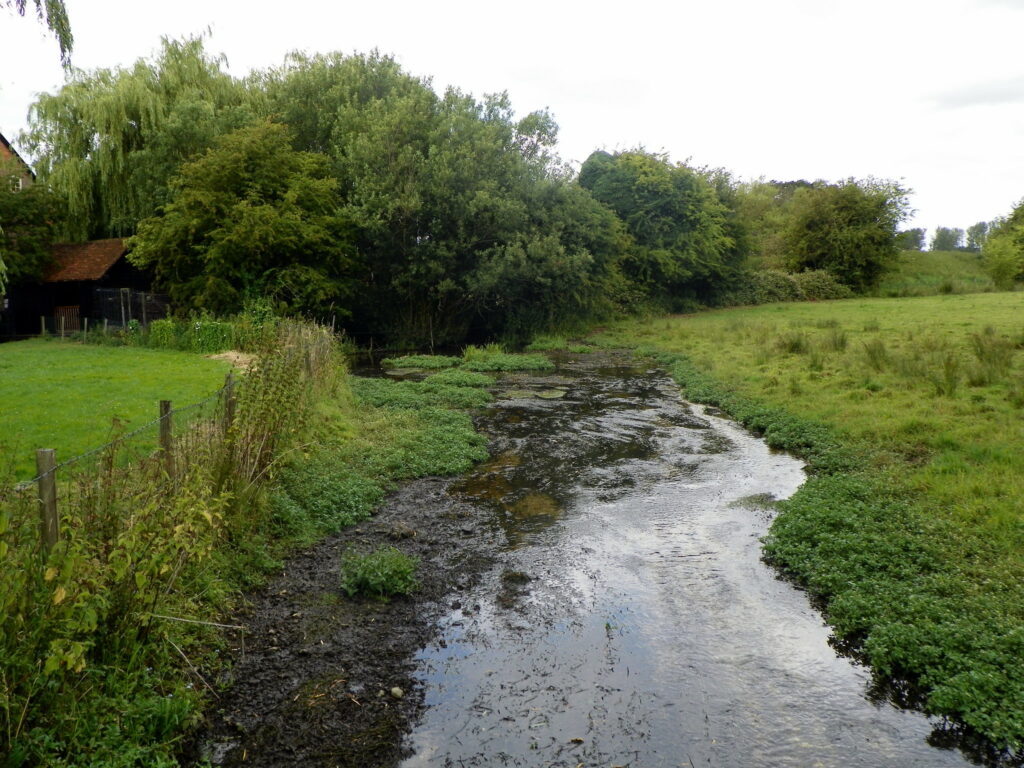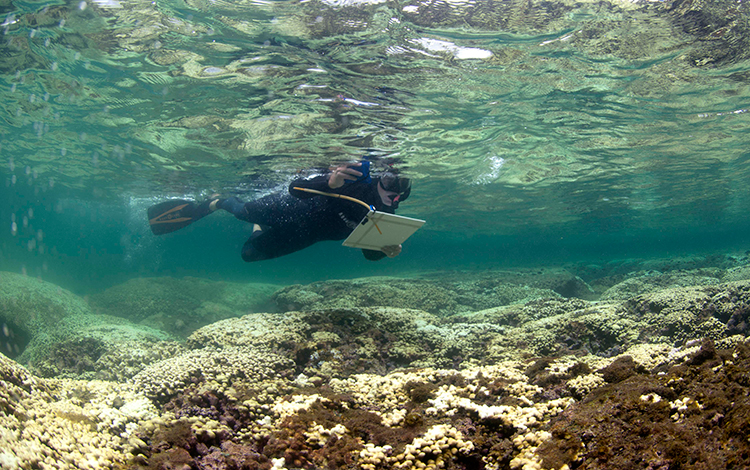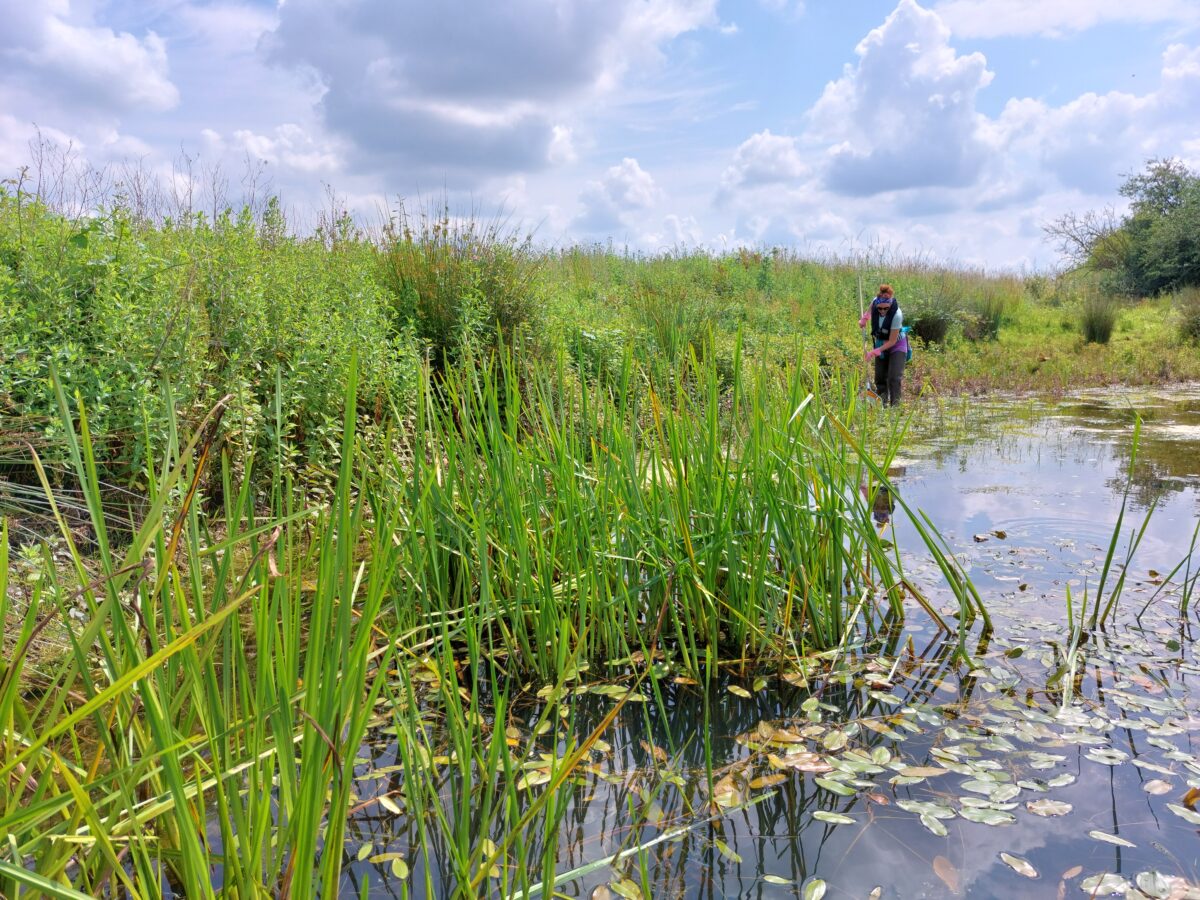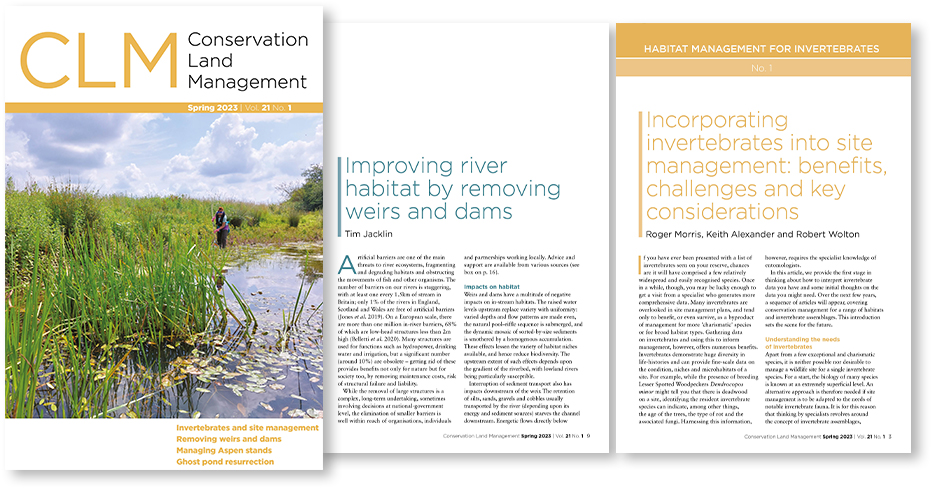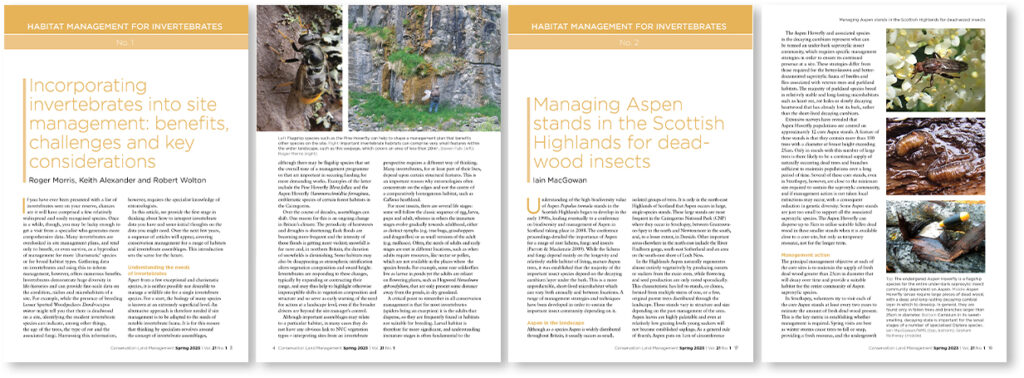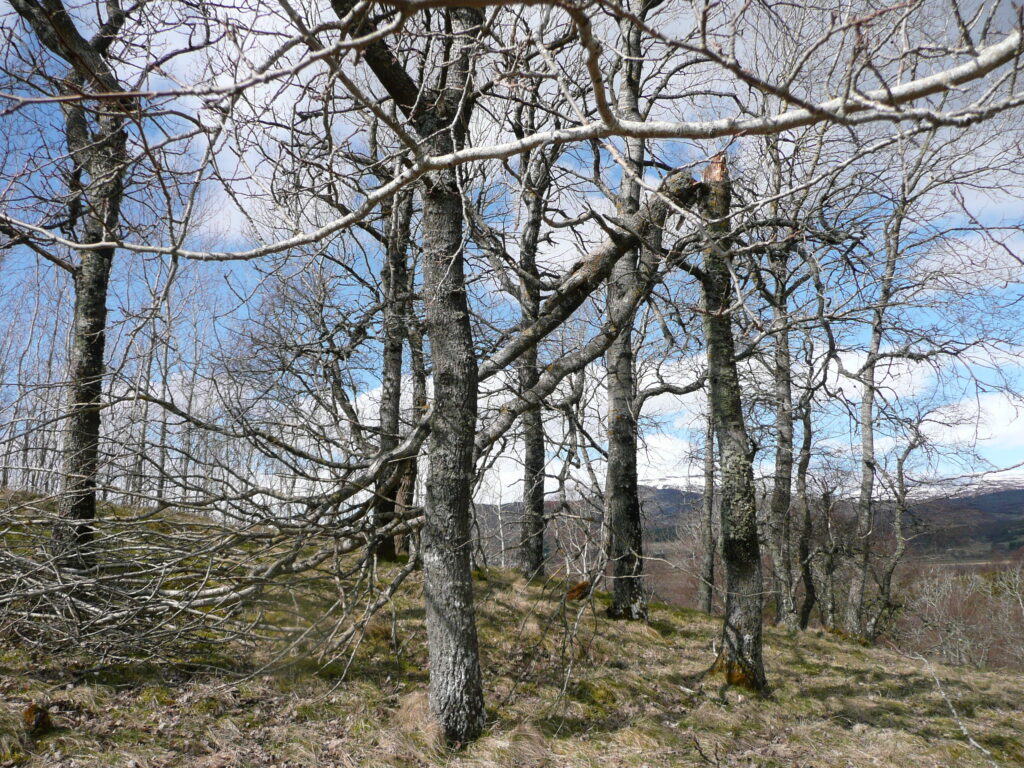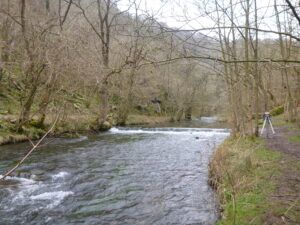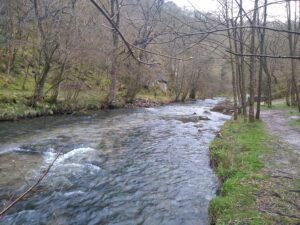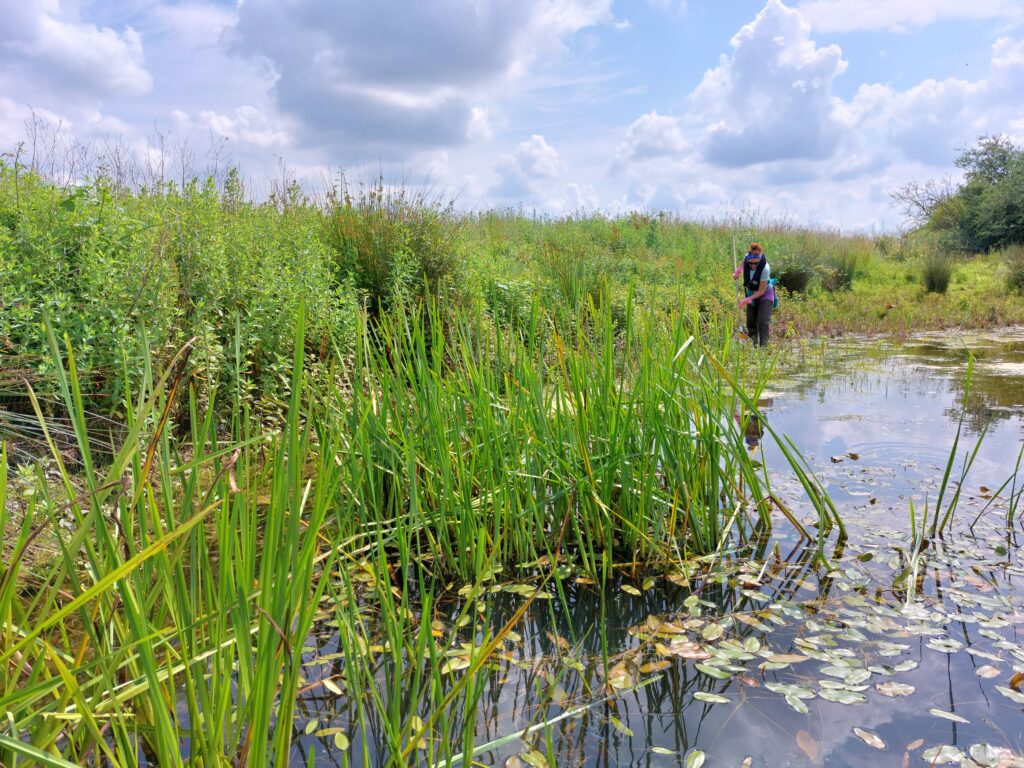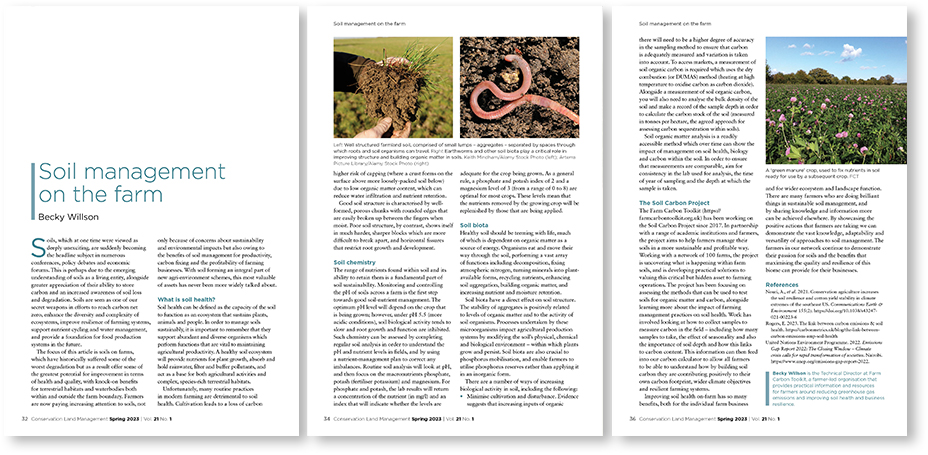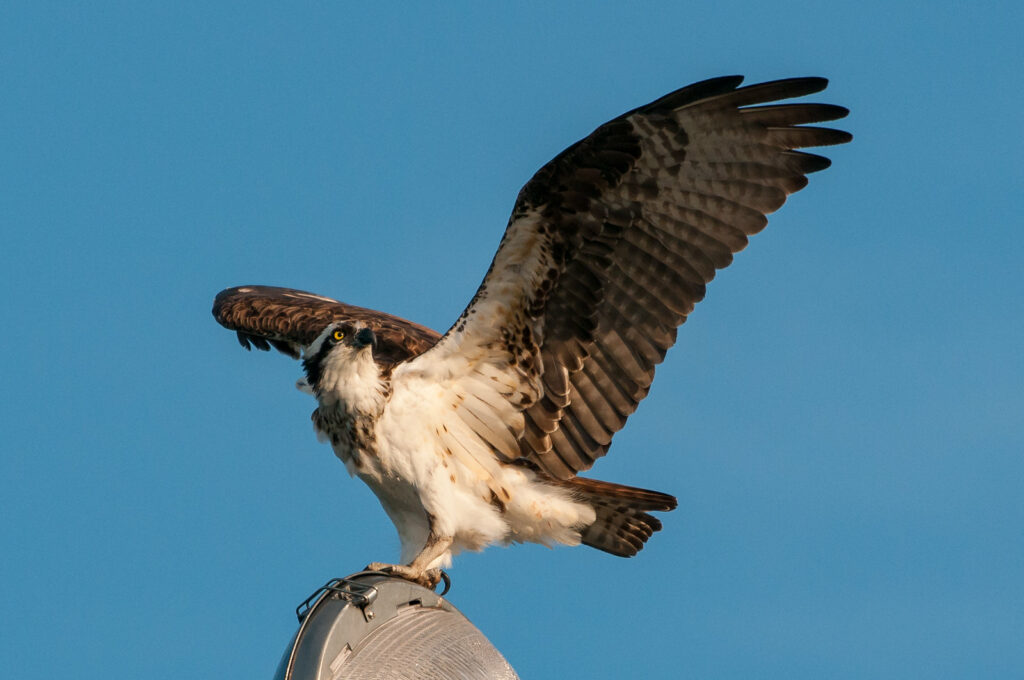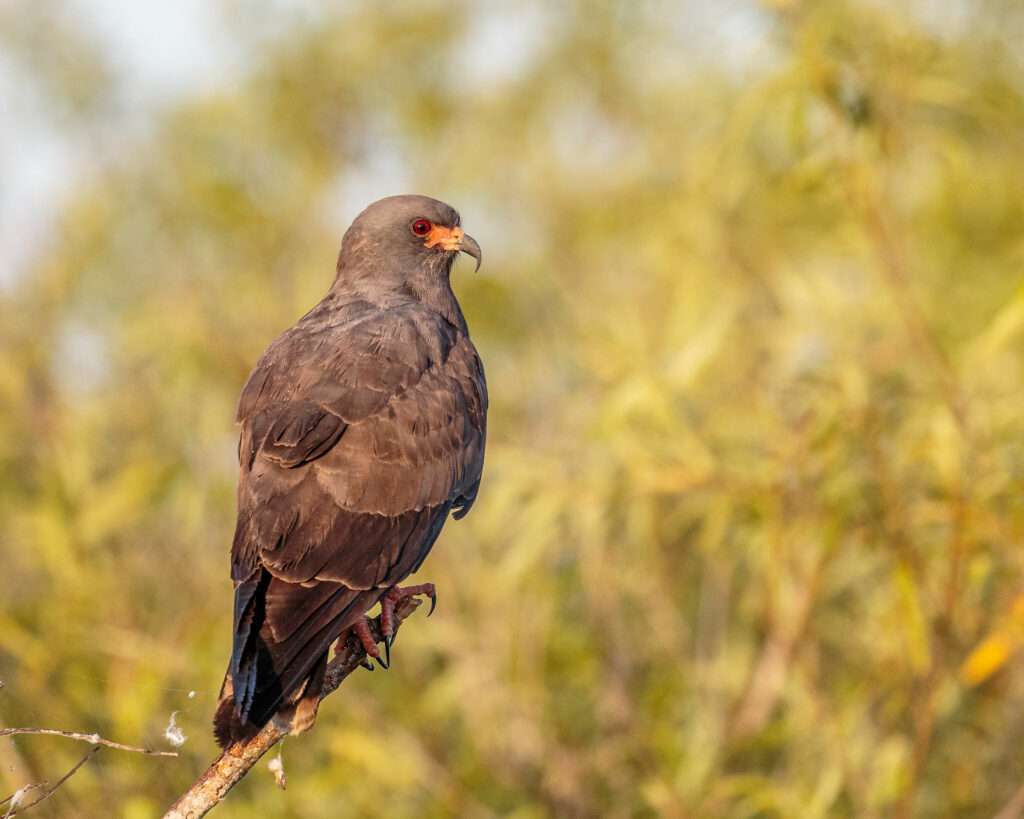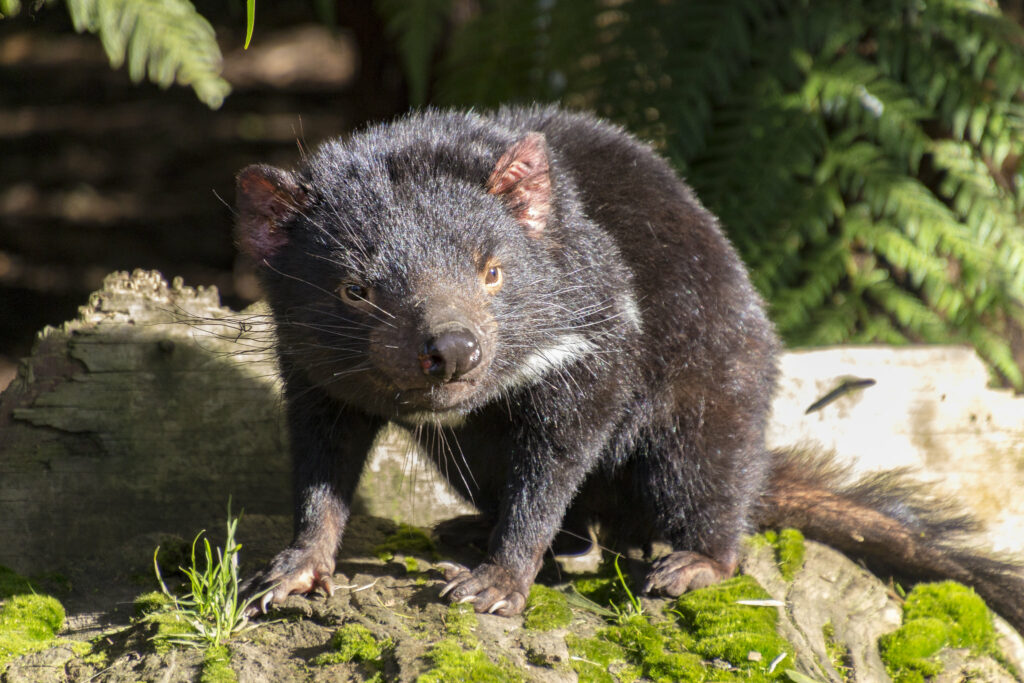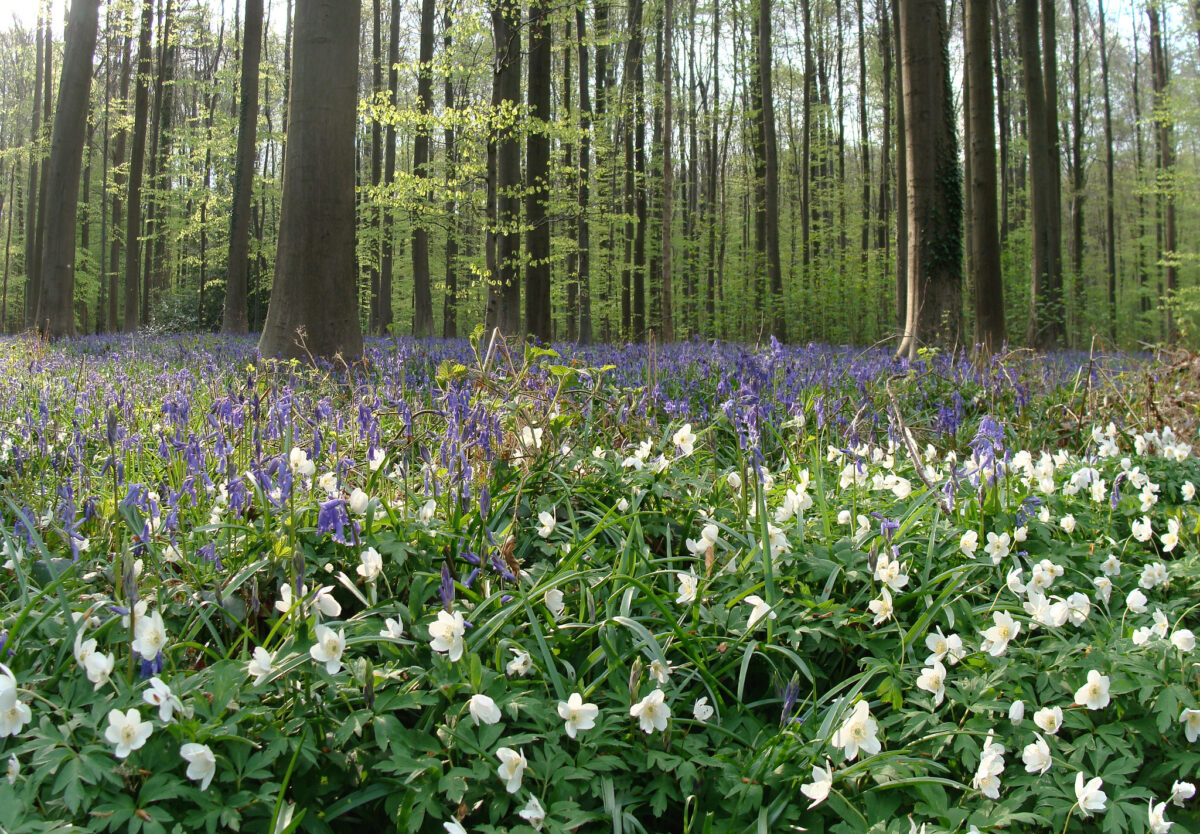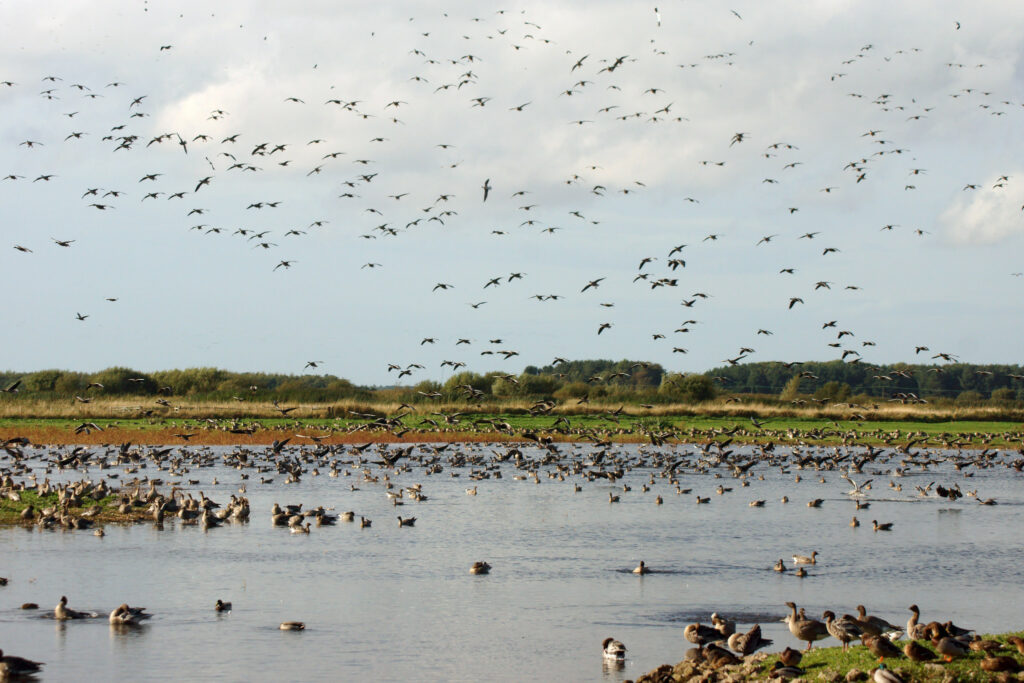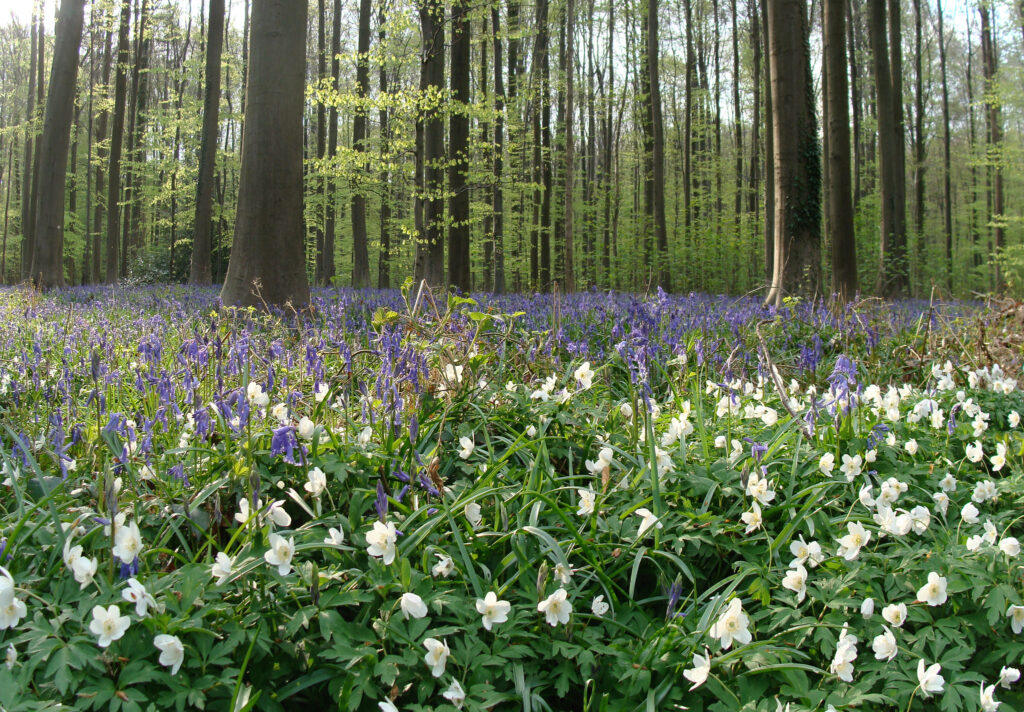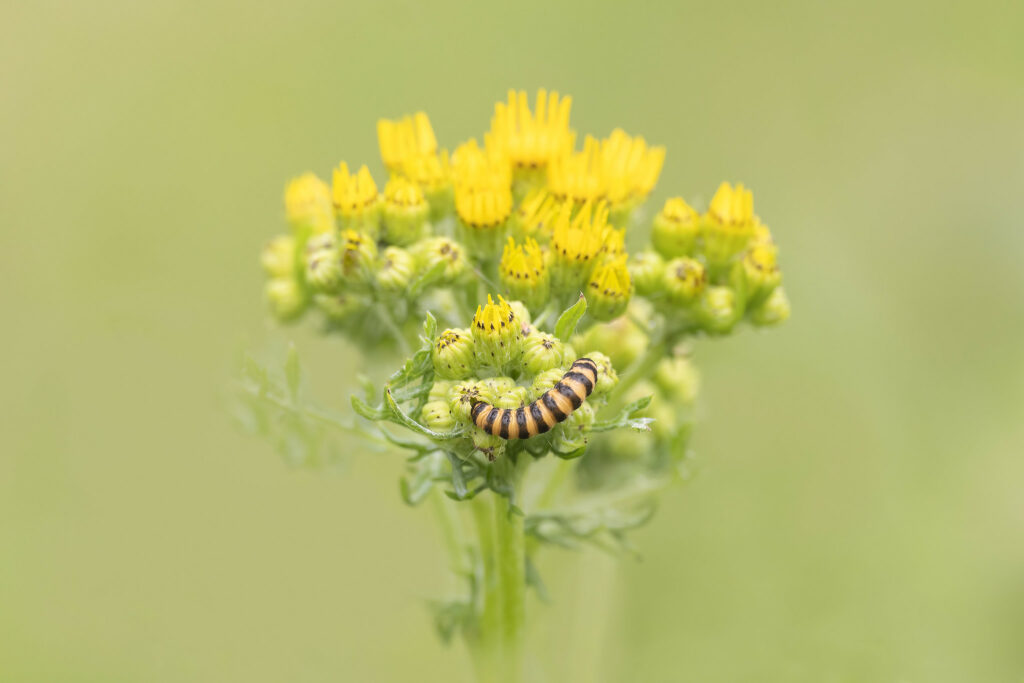Research
A new report has shown that numbers of grassland butterflies across Europe declined by 36% between 2010-2020. The results have huge implications for wildlife, as butterflies are good indicators of other insects, which are vital for ecosystems to function properly. The decline in these species put the future of vital habitats, such as wildflower meadows, in peril.
Research has found that trees have been growing at record-breaking heights in Scotland’s mountains. The research, led by the University of Stirling, showed that a rowan is growing at 1,150m, near the top of Sgurr nan Ceathreamhnan, and a sitka spruce growing at 1,125m on Braeriach. In total, the research found 11 new altitudinal records for tree species in Britain.
Climate crisis
Fears of hottest year on record as global temperatures spike. Preliminary global average temperatures taken so far in June are nearly 1?C above previously recorded June levels since 1979. It is thought that the gathering El Niño event may propel 2023 into becoming the hottest year ever recorded. This naturally recurring phenomenon will likely add heat to the long-term warming conditions already caused by the burning of fossil fuels.
An ‘unheard of’ marine heatwave is currently occurring off the coasts of the UK and Ireland, posing a serious threat to marine species. Sea temperatures are several degrees above normal, with global sea surface temperatures in April and May reaching an all-time high for those months according to records dating back to 1850. Scientists believe that continued high temperatures over the summer could trigger mass mortality in fish and oysters.
Conservation
Devon’s Wildlife Trust (DWT) is planting a temperate rainforest near Totnes with its share of a £38 million Aviva fund. The 30-hectare site has a 105-year lease, which will allow DWT to plant two-thirds of the land with native tree species. Rainforests of the British Isles have been largely destroyed over hundreds of years, now covering less than 1% of Britain. DWT will create new rainforest close to existing examples of the ancient, wooded landscapes in the Dart Valley and on the southern edges of Dartmoor.
Rare hazel dormice will be reintroduced into the National Forest near Calke Abbey in Derbyshire. This native species has seen a 51% decline nationally since 2000 and is locally extinct in the area. People’s Trust for Endangered Species (PTES), which will release 38 individuals, is working as part of Natural England’s Species Recovery Programme. Since 1993, 1,078 dormice have been reintroduced to 25 different woodlands in 13 countries.
Around 20 captive-bred wildcats are being released in secret locations across the Scottish Highlands. The animals were raised in captivity as part of a breeding programme run by the Royal Zoological Society of Scotland, which aims to release up to 60 individuals over the next three years. Scottish wildcats are functionally extinct in the wild in the UK, therefore it is hoped that these reintroductions will help to save the species.
Extinction risk
Campaigners fear that East West Rail will lead to the loss of rare species. A new route between Bedford and Cambridge has been confirmed, with the spokesman for the line saying that chosen route would offer an “environmentally sustainable solution”. However, local campaigners believe the scheme could threaten Red List species, such as skylarks and yellowhammers. They believe an ancient woodland which provides habitats and a local wildlife corridor will be dramatically impacted by the route. The company has committed to a 10% net biodiversity gain target across the whole project, however, and has already established 20 ecological compensation sites across the first stage.
A new study is warning that the mass “sixth extinction” is well underway, with nearly half of the world’s animal species now in danger of becoming extinct. The study, More Losers than Winners, examined global population trends from approximately 71,000 animal species. They aimed to determine how many are at risk due to threats such as loss of habitat, harmful use of pesticides and herbicides, and the long-term impact of the climate crisis. The researchers found that only 3% of animal species were growing, while 49% showed stagnant population growth. 48% showed declining populations.
New discoveries
A new flying gecko species has been discovered in northern India. The Mizoram parachute gecko is one of 14 geckos known to take to the air, using a combination of skin flaps and webbed feet. The researchers hope that this new discovery will highlight the underappreciated biodiversity of northern India and encourage greater efforts to document its wildlife.
The bones of an extinct giant shingleback skink have been discovered in Australia. The research found that Tiliqua frangens roamed Australia during the Pleistocene, around 2 million years ago, before they went extinct 47,000 years ago. The species was 1000 times bigger than the Australian common garden skink.


